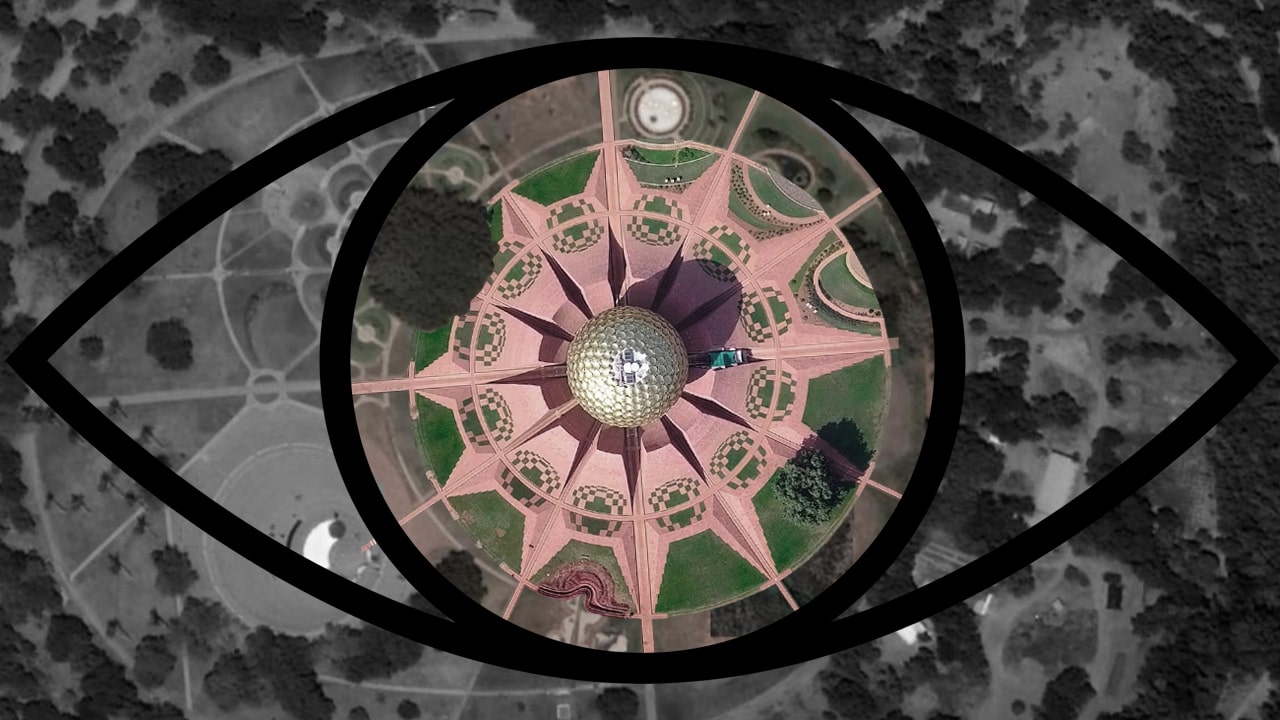The Symbology of Urban Loci

The Symbology of Urban Loci
By Monica Khosla Bhargava, Architect & Urban Designer06 July 2025
Urban spaces are not just places where people live, work, and interact; they are also imbued with deeper meanings, shaping our collective psyche and influencing the social and cultural fabric of a city. My theory, The Symbology of Urban Loci, developed during my post-graduate research at the Delhi School of Planning & Architecture, explores this connection between urban design and human psychology. It examines how certain urban centers have evolved into powerful, symbolic loci—spaces that influence not just the city’s form, but also its identity and functionality.
At the heart of this theory lies an exploration of how cities become icons of power, culture, and history. Take Piazza San Marco in Venice and Chandni Chowk in Delhi, for example. These urban centers were not merely locations for economic activity; they were expressions of the grandeur of the Venetian and Mughal empires. They carried deep symbolic meanings that reflected the values, aspirations, and power of their respective civilizations. The physical design of these spaces was not just about comfort or aesthetics but about creating a sense of belonging and a mental connection to the larger forces at play.
What makes these spaces so compelling is their ability to engage the mind. While existing planning theories prescribe cities and urban centres to plan for the comfort and convenience of the body and eye, can we learn from the symbology of these spaces an understanding of design for the comfort and convenience of the mind? The mind communicates its deepest desires through symbols—whether formed through psychological associations, social conventions, or even by accident. These symbols, when embedded in urban design, connect people to their history, identity, and community.
Research of symbology and analysis of the case studies of Piazza San Marco, Venice, and Chandni Chowk, Delhi, categorizes these concepts broadly as Centre as a Symbol, Symbols of the Sacred, and Symbols of Power. Each of these archetypes plays a key role in how urban spaces are formed, structured, and experienced. The center of a city, often the location of power and commerce, represents a symbolic hub. Sacred spaces, such as temples or cathedrals, convey spiritual significance. Meanwhile, symbols of power, seen in grand monuments or palaces, reinforce the cultural and political authority that once shaped the urban environment.
By studying the shifting archetypes of urban loci, we can gain valuable insights into how these spaces have grown, evolved, or even declined over time. For example, Piazza San Marco remains a vibrant center of culture and tourism, while Chandni Chowk has faced challenges related to congestion and degradation. Understanding these patterns can guide us in reviving urban spaces that have lost their original significance, ensuring they continue to resonate with future generations.
Urban rejuvenation is not just about physical renovation; it’s about reconnecting people to the symbols that define their cities. By tapping into the power of these archetypal concepts, we can design spaces that nurture not only the body but also the mind, creating urban environments that are both meaningful and enduring.

July 06, 2025
The Symbology of Urban Loci
July 06, 2025
Endangered Home Garden